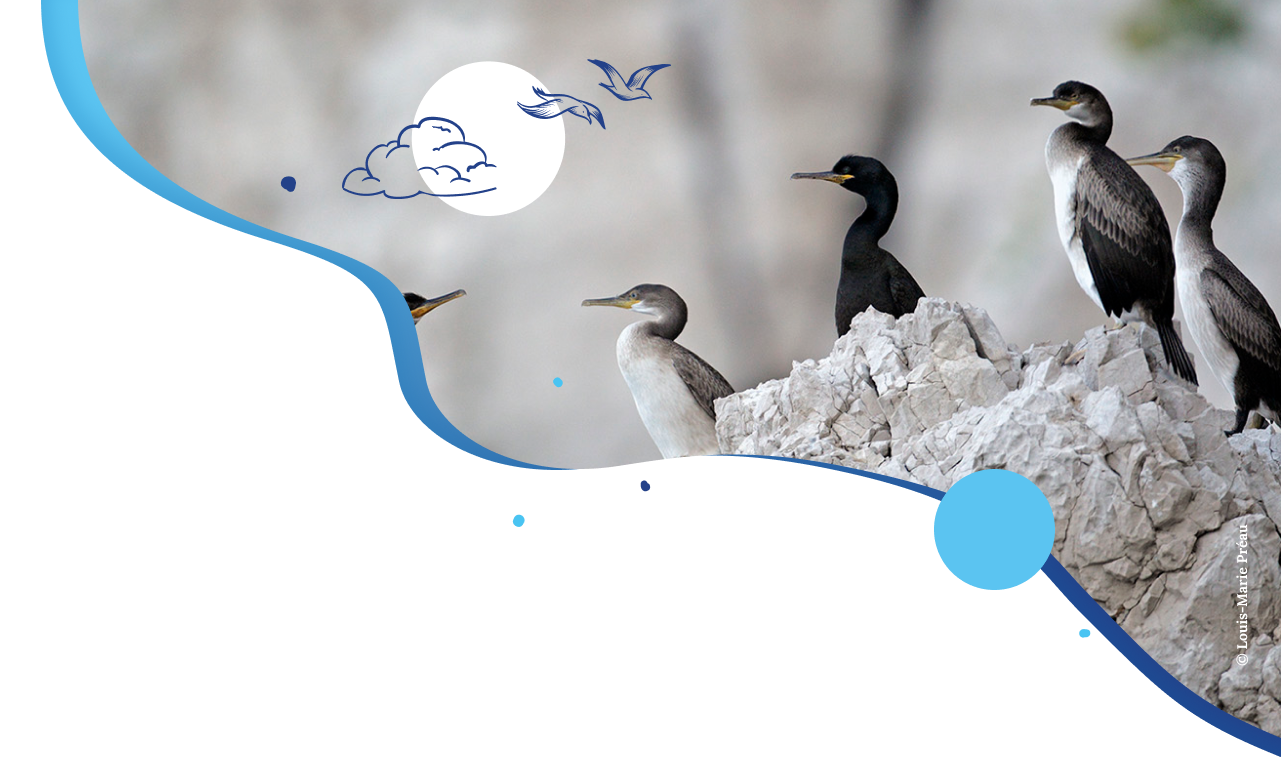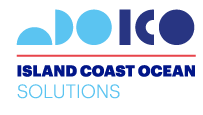CHALLENGES

ISLANDS
Although very diverse, due to their geographical location and degree of isolation, islands are home to many endemic species. They are at the crossroads between human and wildlife. They are home to 17% of the world’s biodiversity, while they represent only 5% of the land area. But they face many threats: invasive species, changes and destruction of habitats due to climate change and human activities etc. Environmental and human issues are therefore closely linked in these spaces confronted with many challenges. Islands are at the heart of current global changes, but are also spaces for innovation and experimentation. Concrete solutions for adaptation and resilience are emerging, whether to cope with rising sea level, coastal erosion or in terms of biodiversity conservation.
© Louis-Marie Preau
© Louis-Marie Preau
Coasts
At the interface between land and sea, coasts are both essential places for terrestrial and marine biodiversity and spaces with high human stakes. The coastlines concentrate a large part of the world’s population: 60% of human beings live within 100 km of the coast. These densely populated areas, which are host to a large number of economic activities, are facing urbanisation and development issues that need to be balanced with the preservation of these rich and sensitive environments, in order to maintain their attraction and their ecosystem role. This is a very important role, as coastlines also act as buffer zones, mitigating the effects of extreme climatic events
Coasts
At the interface between land and sea, coasts are both essential places for terrestrial and marine biodiversity and spaces with high human stakes. The coastlines concentrate a large part of the world’s population: 60% of human beings live within 100 km of the coast. These densely populated areas, which are host to a large number of economic activities, are facing urbanisation and development issues that need to be balanced with the preservation of these rich and sensitive environments, in order to maintain their attraction and their ecosystem role. This is a very important role, as coastlines also act as buffer zones, mitigating the effects of extreme climatic events
© Louis-Marie Preau
Oceans
Maritime space covers more than 70% of the planet’s surface and is therefore a key factor in the development of territories and the economy. Several essential services are provided by the seas and oceans: health and food, climate regulation, enhancement of the value of territories, and stimulation of the economy. In particular, shallow coastal waters play a key role in nurseries and in protecting coastlines from the impacts of global change, while at the same time supporting economic activities and being places where people live. The Mediterranean in particular, represents less than 1% of the surface of the world’s oceans, and yet concentrates 10% of marine biodiversity and more than 30% of the world tourism economy.
© Louis-Marie Preau
© Louis-Marie Preau
Collective intelligence
Putting all the players around the table and encouraging interdisciplinary exchanges is therefore essential to respond to all these issues in an optimal way, while anticipating difficulties and capitalizing on the expertise and experiences of each: public and private operators, NGOs, decision-makers, entrepreneurs, scientists, representatives of the islands, financial donors, actors in the environmental sector, project leaders, journalists, students, etc. So many living actors, working and impacting ICOs, must be invited to act, to collaborate, to come together to share good practices, to win back the imagination and to launch experiments.
Collective intelligence
Putting all the players around the table and encouraging interdisciplinary exchanges is therefore essential to respond to all these issues in an optimal way, while anticipating difficulties and capitalizing on the expertise and experiences of each: public and private operators, NGOs, decision-makers, entrepreneurs, scientists, representatives of the islands, financial donors, actors in the environmental sector, project leaders, journalists, students, etc. So many living actors, working and impacting ICOs, must be invited to act, to collaborate, to come together to share good practices, to win back the imagination and to launch experiments.
